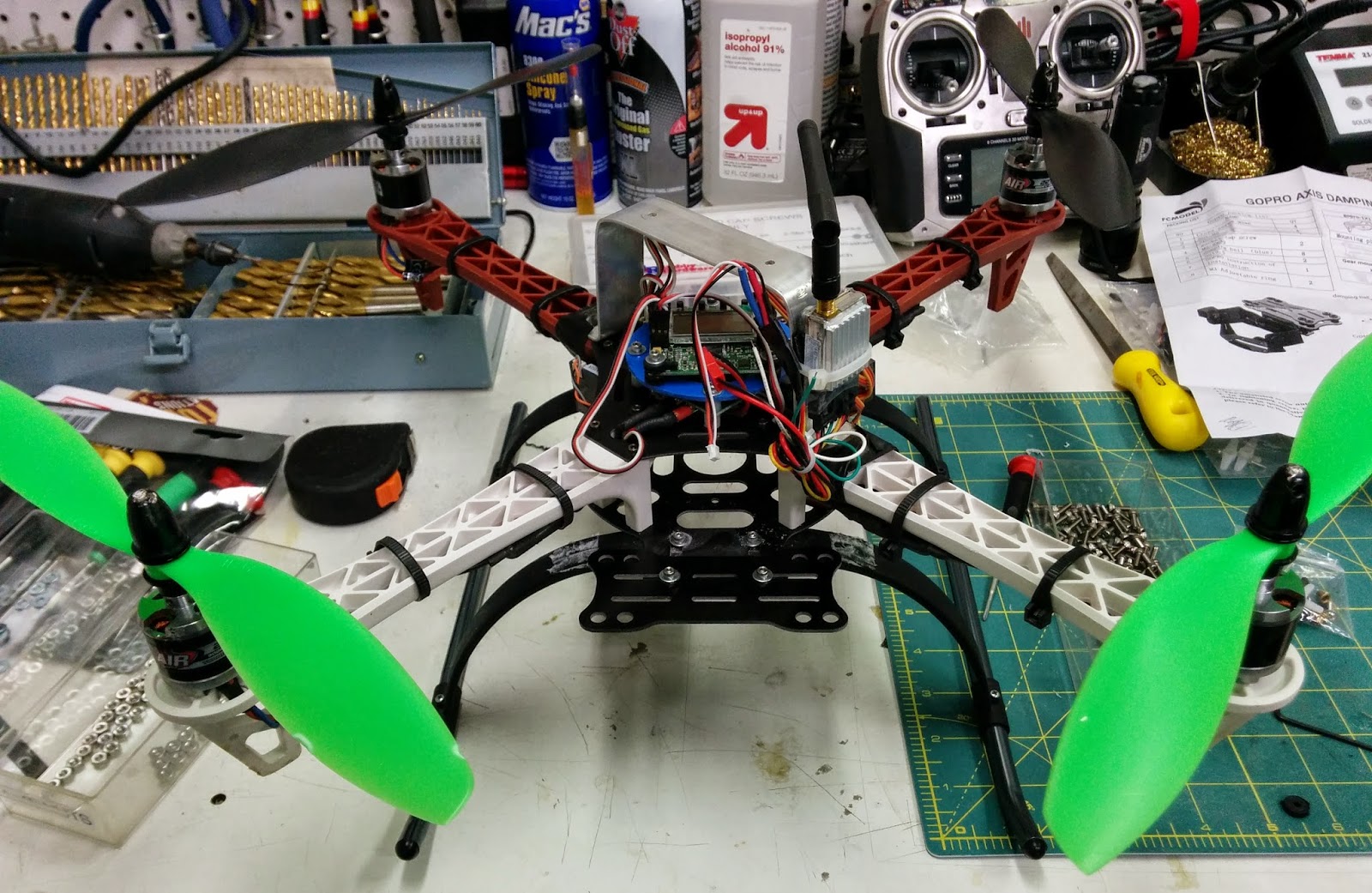I'm finally getting around to another project that's been on my list for a long time- putting together a self-contained time-laps camera using a Raspberry Pi and camera module. I'm planning on mounting it in some sort of waterproof container and placing it outside- I hope I can catch the melting and breakup of the lake ice later this spring.
If you haven't heard of the Raspberry Pi, it's a $35 linux computer the size of a deck of cards. Head to
http://www.raspberrypi.org/ for more info.
Updating the Raspberry Pi
I'm using Raspberry Pi B model. It's been sitting in a box for quite a while so the first step is to update all of the software. Open up a terminal window and fetch available updates:
sudo apt-get update
then, apply the updates:
sudo apt-get upgrade
These two commands might take a while to complete- particularly if it hasn't been done in a while.
I'm planning on having the Pi close enough to my house so it should be able to connect to my wifi network- nice for transferring files and remoting in to adjust settings, checking alignment of the camera, etc.
Setting up the Pi to automatically connect to my home wifi network (successful)
I found some instructions on how to change the Pi's network configuration so that it'll automatically connect when it turns on:
http://weworkweplay.com/play/automatically-connect-a-raspberry-pi-to-a-wifi-network/
Attempting to set up a static IP address (not successful)
I also wanted to be able to SSH into the Pi to adjust settings, etc. So, to accommodate SSH the next step after configuring the wifi to automatically connect on boot was to change the Pi to a static IP. The
previous link also had instructions on how to change from dynamically assigned to static IP. Here is another link with more detailed instructions on setting up a static IP on your raspberry pi:
https://www.modmypi.com/blog/tutorial-how-to-give-your-raspberry-pi-a-static-ip-address
However, when I was trying to comment out the old versions of lines in the network configuration files, I couldn't get # to work on the keyboard- some other character would appear instead. It turns out my PI didn't have it's keyboard configured properly.
Using:
sudo raspi-config
from the command line I was able to work through the menus to reconfigure the keyboard to a standard US 104 key layout. One note- some of the menus in the raspi-config program take a very long time to load- 10 seconds or longer. So have patience- it took me several times to realize this and not think the terminal window had crashed.
Then, back to trying to get a static IP setup.... And, no luck. I went through every tutorial I could find and it just didn't work. I'll have to postpone trying to set up SSH and just get the camera working on its own.
Back to the Camera setup
next step- installing Berrycam software on the PI so I can control it with my android phone.
see:
http://www.fotosyn.com/berrycam-support/
Installed- then installed the
Pi Sight app on my Nexus 5- and no dice. The app would crash almost immediately every time I tried it. I immediately uninstalled it.
Then, after looking on the play store, I tried
RaspiCam Remote. That worked right away- and without anything to install on the Raspberry Pi.
After trying and failing to use the Pi Sight app along with the berrycam script, I thought I'd go back to the basics and try using a tutorial that explains the process from scratch- and I found this:
http://www.raspberrypi.org/learning/timelapse-setup/worksheet.md
Great, step by step tutorial- and explanation about what each line does!
Tomorrow- to actually take some photos.





































